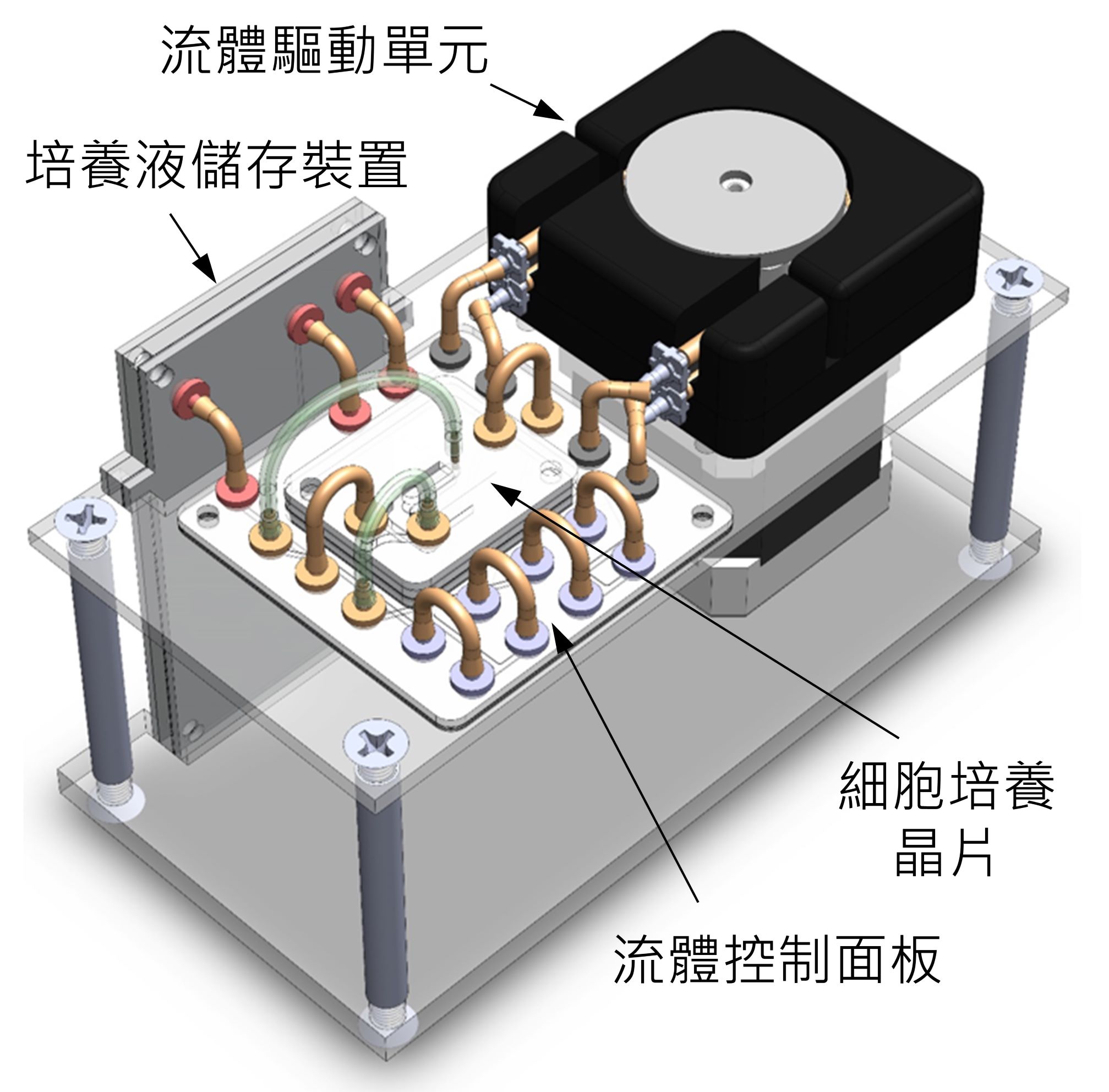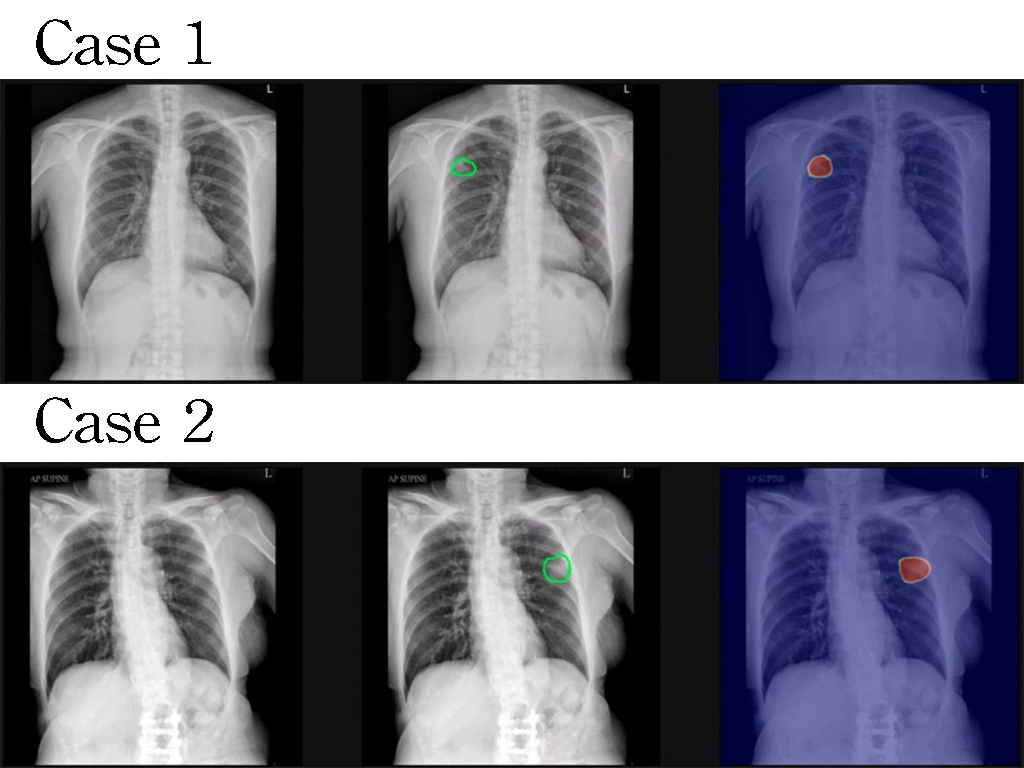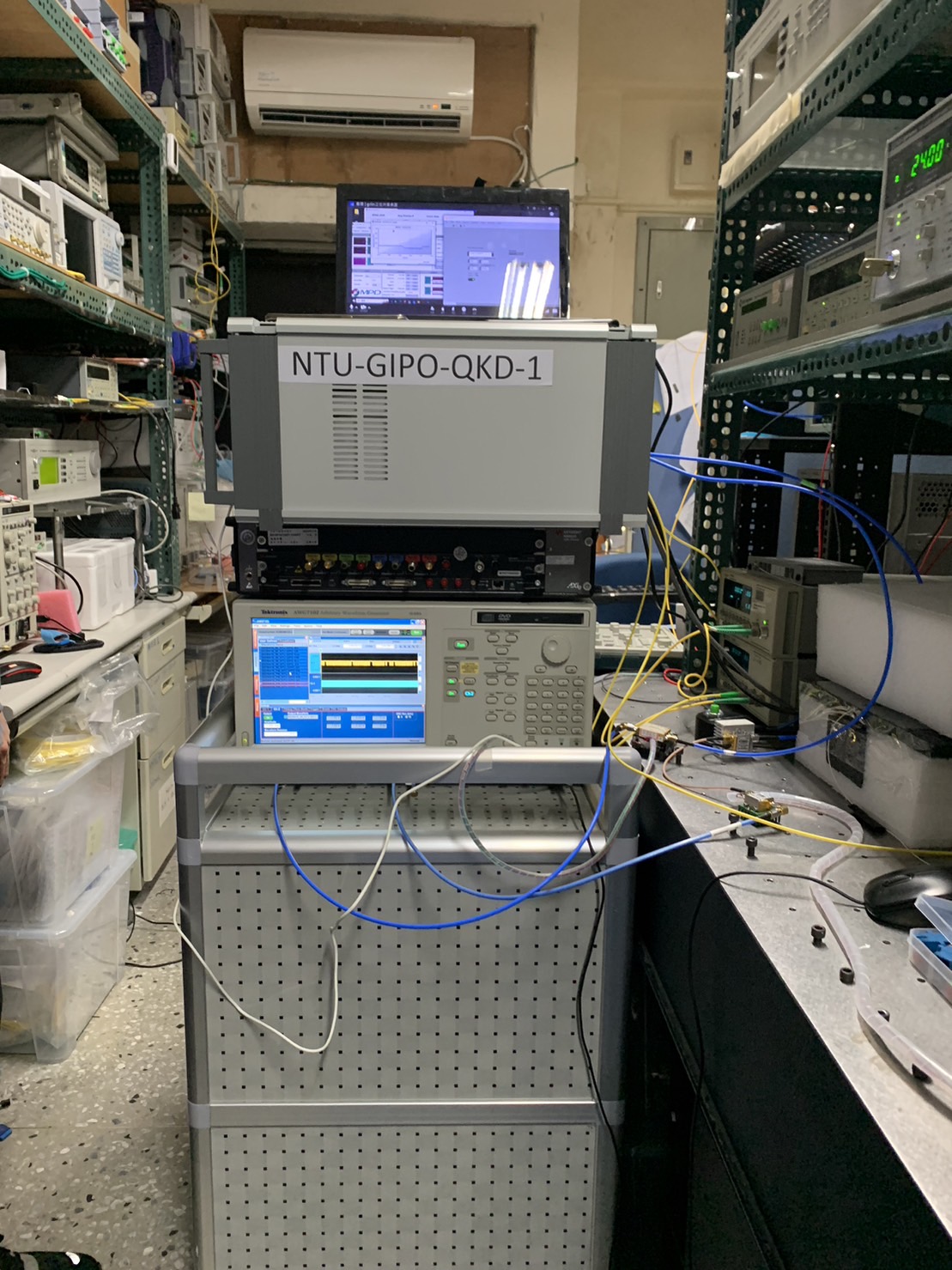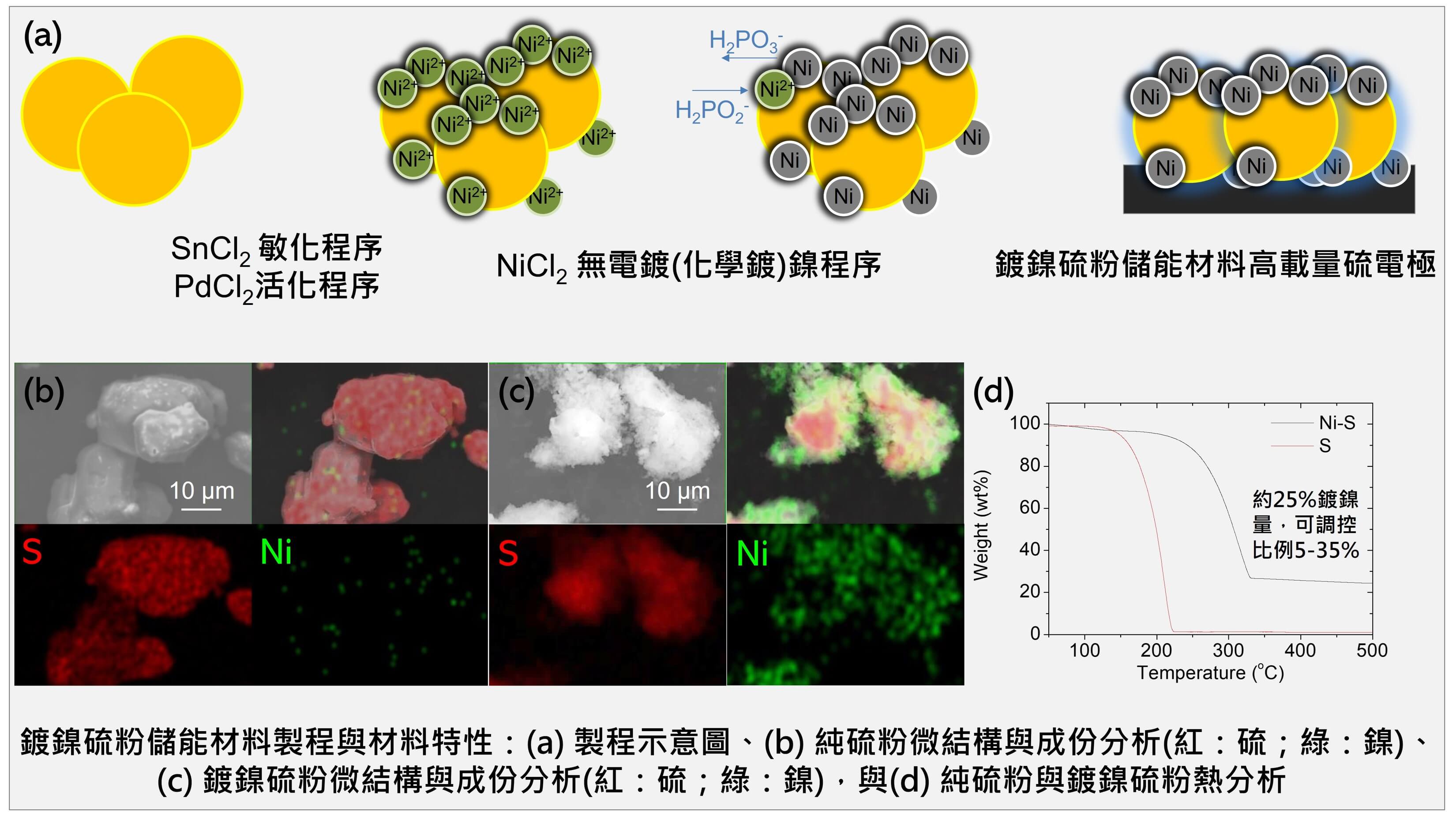| Technical Name |
CHIP SET AND ORGAN-ON-CHIP THEREOF, AND BIONIC DEVICE USING THE SAME |
| Project Operator |
National Tsing Hua University |
| Project Host |
曾繁根 |
| Summary |
We aim to construct in vitro multi-organ models (e.g., liver/kidney or liver/kidney/tumor), and to simulate the micro-environments interaction by using the "multi-organ array composed of assemblable organ chip bricks". It can be applied to drug metabolism, safety, and toxicity testing related to liver and kidney organs, as well as new drugs development in animal experiments. Therefore, it is expected to reduce animal expenditure in the drug development by over 50%. |
| Scientific Breakthrough |
The novel "multi-organ array composed of assemblable organ chip bricks" aim to providing a platform for multi-organ cultivation. Currently, we have observed (huvec-cell tracker red and podo-GFP(Fig2 B/D), hepaRG-cell tracker green and huvec-vap-cell tracker red(Fig2 C/E), and cell’s 3D confocal image (Fig2 F/G). |
| Industrial Applicability |
For patients who have diffuse or multiple cancer gene mutations, Multi-organ chips(MOCs) are used to culture cancer cells for drug testing to find multi-target drugs or immune drugs. MOCs can find out why clinical phase II efficacy is less than expected, and why drug side effects failing in phase 3 clinical trial. Therefore, ineffective drug candidates can be screened for clinical verification, saving 25% of the new drug development cost. In which, approximately $50 million can be saved. |
| Keyword |
organ-on-a-chip New drug development Drug Repositioning Personalized precision medicine Cancer drug screening Reduction laboratory animals Replacement laboratory animals Refinement laboratory animals |
















